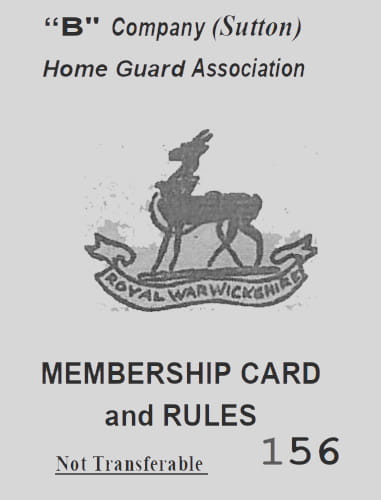In 1944, as the Second World War drew to a close, a Prisoner of War camp was established in Sutton Park. It was intended to house the German soldiers captured after the D-Day landings.
It was located near Longmoor Pool, and the prisoners lived in huts (as opposed to the tents scandalous- ly provided to internees at the same location in 1940).
Very little is known about this camp. For obvious reasons it was not mentioned in the newspapers of the time - a single reference appeared after the war was over. So what we know about the camp is derived from personal memories.
It was; inevitably, an attraction, and local people would visit the park specifically to see it.
The German PoWs seem to have spent much of their time playing football. When the war was over, they were permitted to build a huge bonfire on Crystal Palace hill 'and the glow was seen from Walsall', according to reports. After the war the camp was used as a residential centre to train firemen and then to house men from eastern Europe who worked on local farms.

Inevitably, during the war years the number of visitors to Sutton Park declined. Some, however; including I.V., were not put off. He arranged a liaison there with a girl through a newspaper advertisement in 1940:
'Nice at Sutton Park', it read, 'Could meet you next Monday 6.30'.
There was a long tradition of using Sutton Park for military training, and so it was during the Second World War. In summer 1941 the Home .Guard spent an exhausting three hours engaged in a mock battle in which, appearing out of gorse, they ambushed paratroopers, motorcyclists and tanks.
Spectators were invited to see the men in action. The Sutton Home Guard had a section for women, formed in October 1940. They patrolled the park in pairs during the day (the men doing the same at night) and were trained in first aid and signalling.
The cadets also trained in Sutton Park, firing blank ammunition and throwing blank grenades.
In 1942, more than 1,000 men from the National Fire Service gathered in Sutton Park. They came from all over the Midlands. From a pavilion, King George VI and Queen Elizabeth watched a display of fire-fighting.
• Sutton Park: A Social History 1900-1950 by Stephen Roberts is available from Amazon, £5.
Associate Professor
Stephen Roberts